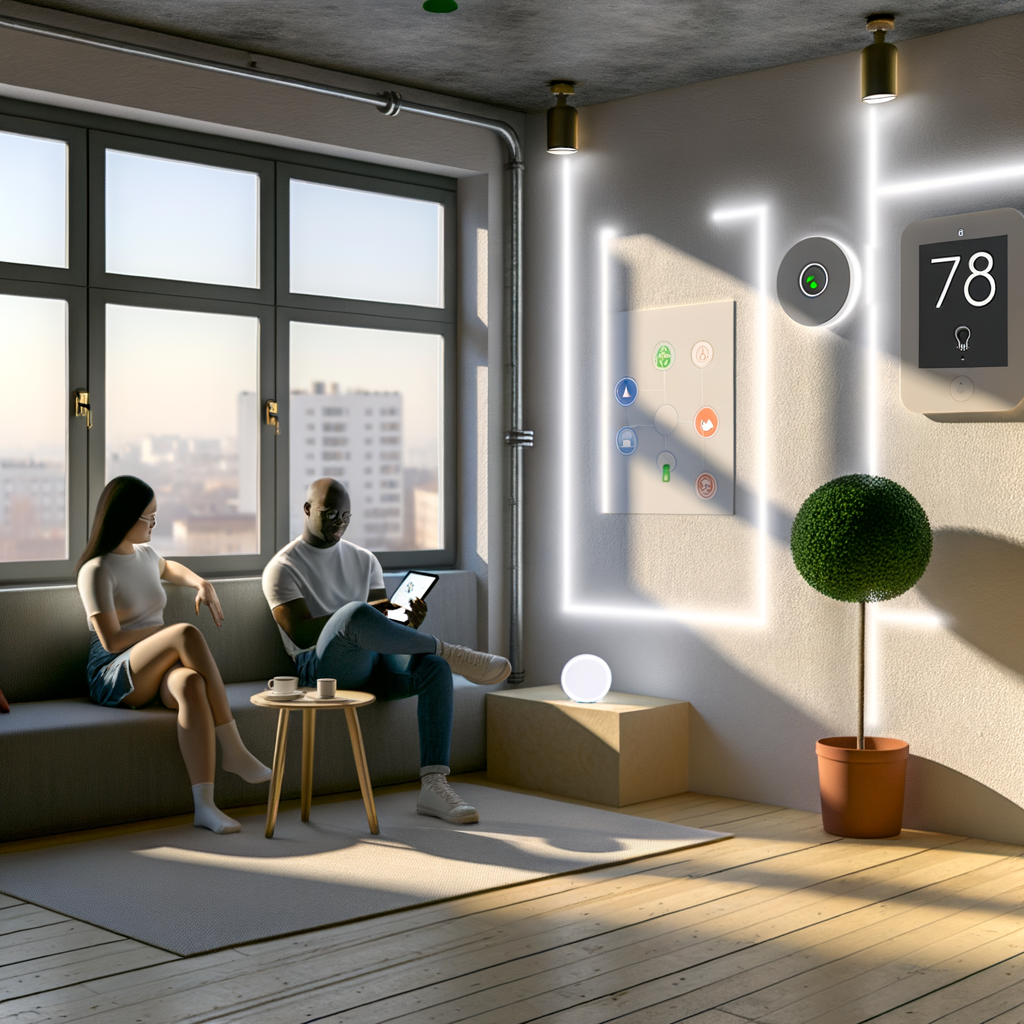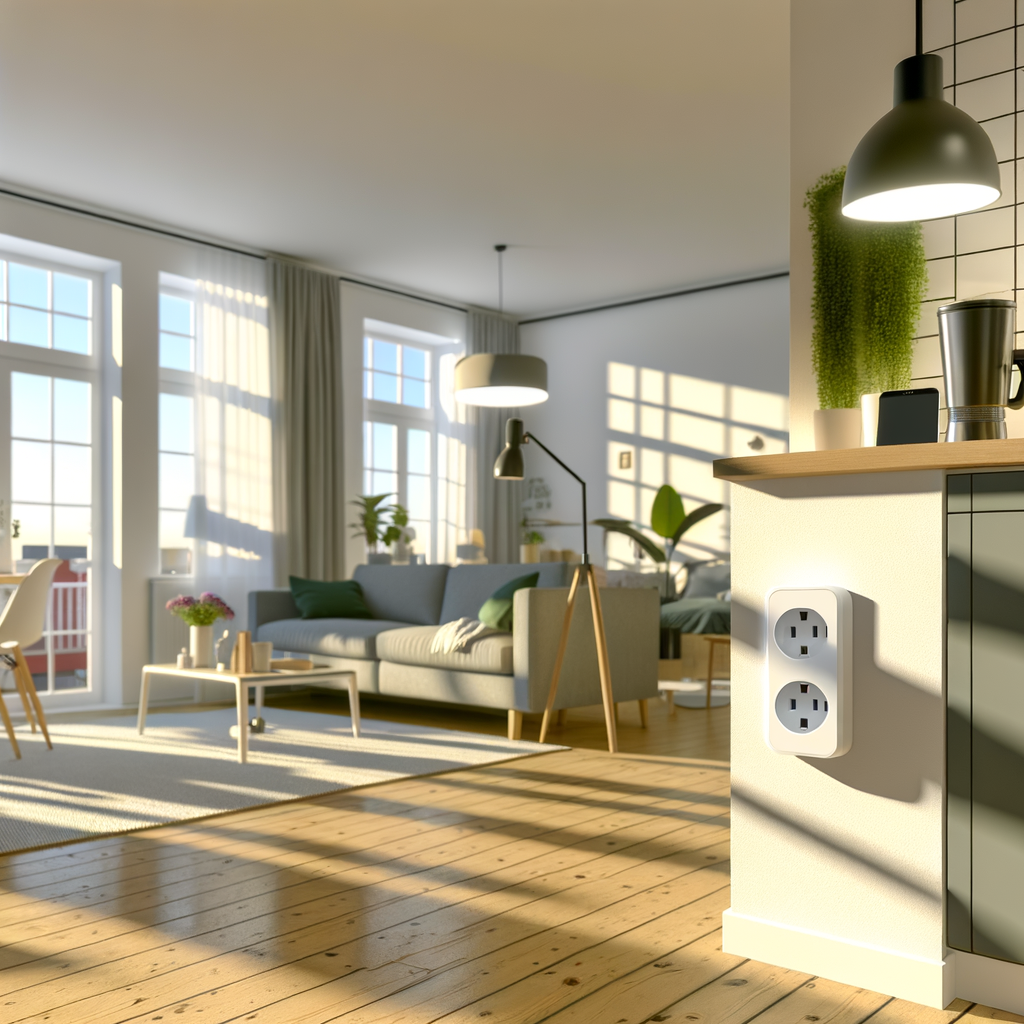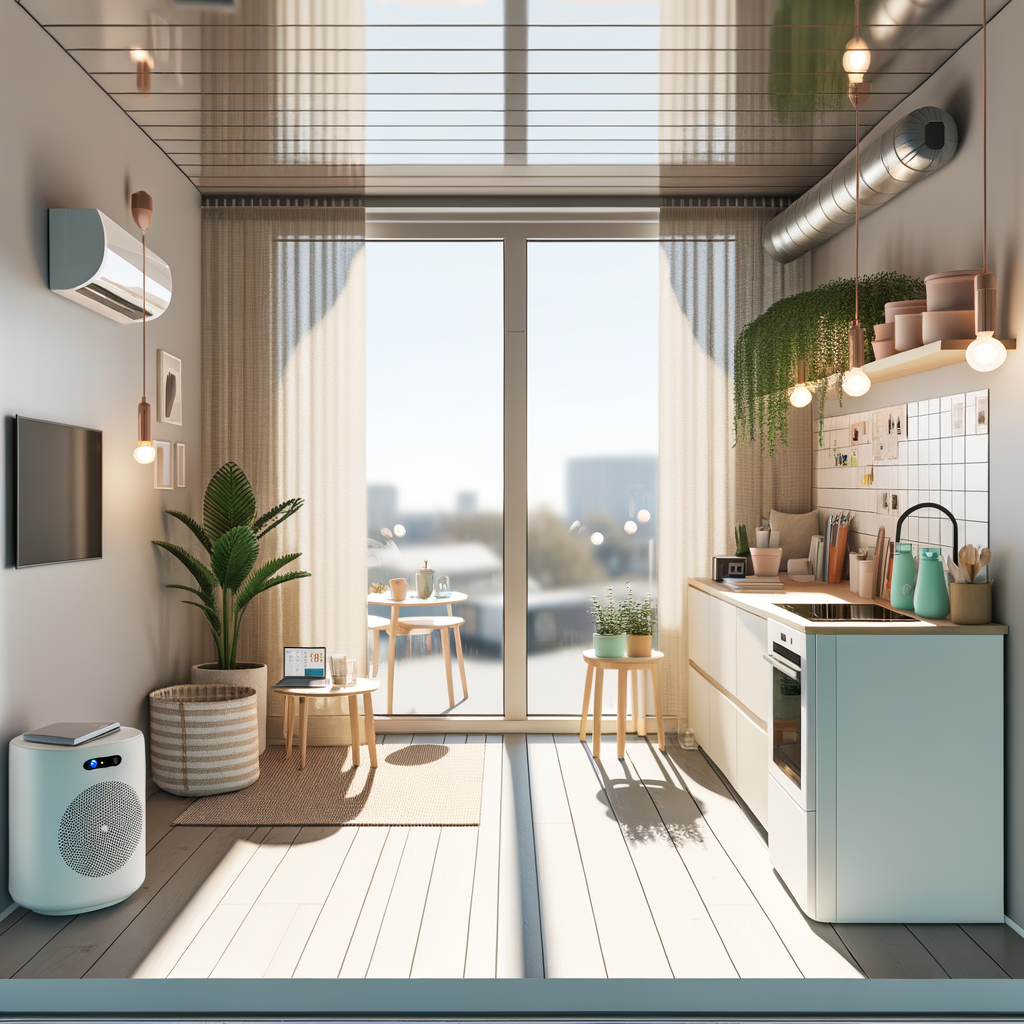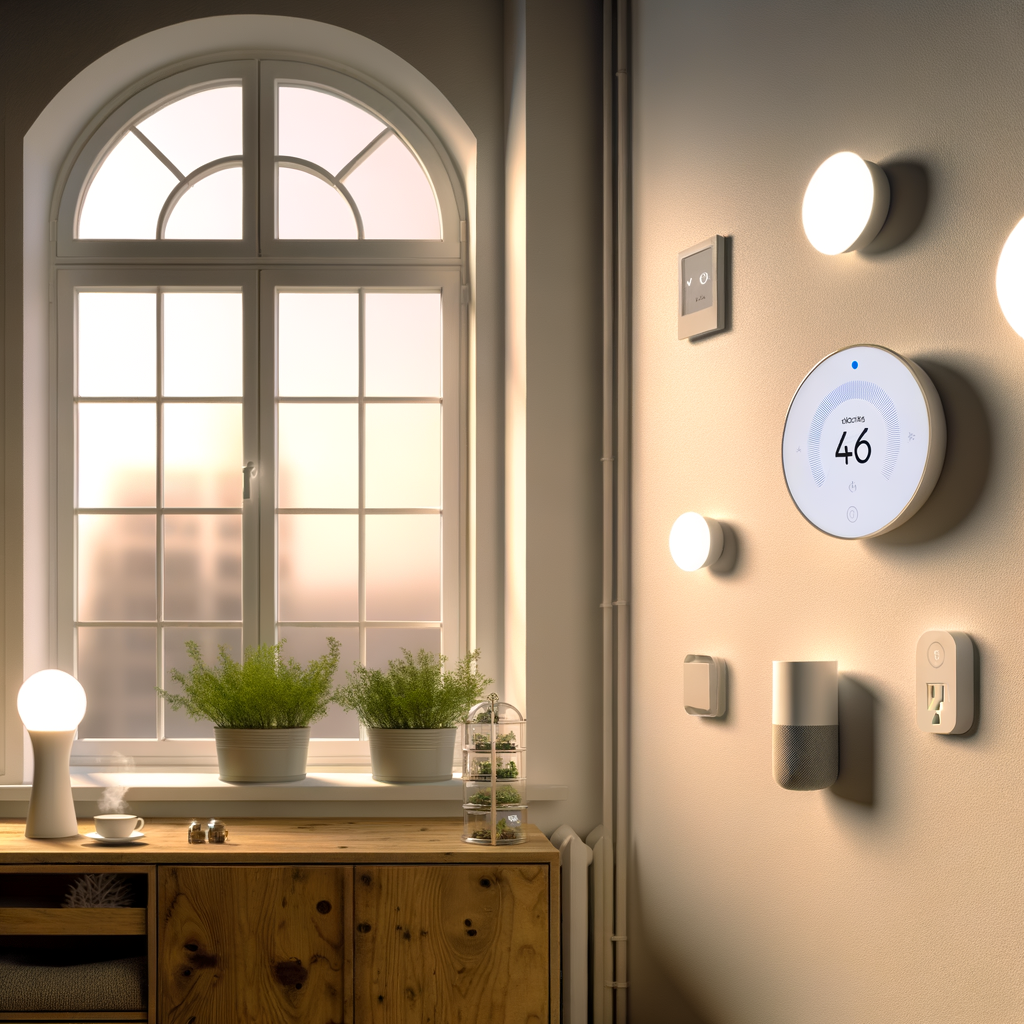Debunking the Top 5 Myths About Smart Home Tech for Eco-Conscious Renters
Smart home technology has transformed how we live, offering features that boost convenience, safety, and — most importantly for eco-minded renters — sustainability. But myths persist. Many renters believe smart tech is only for homeowners, too expensive, or inaccessible due to landlord restrictions. The truth is: today’s smart devices are more affordable, flexible, and renter-friendly than ever before.
Let’s clear up the confusion. Here, we debunk the biggest myths about smart home tech for eco-conscious renters and reveal actionable ways you can embrace a greener lifestyle without violating your lease, breaking the bank, or sacrificing comfort.
Myth 1: Smart Home Tech Isn’t Suitable for Renters
One of the most common misconceptions is that only homeowners can benefit from smart home technologies. Many renters assume smart devices require permanent installation or major electrical work. But that’s outdated thinking.
Modern Devices Are Made for Flexibility
- No drilling required: Many devices (like smart plugs and bulbs) are plug-and-play and easily removable when you move out.
- Wireless operation: Most products connect via WiFi, Bluetooth, or Zigbee, eliminating the need for rewiring or invasive changes.
- Portable: Smart thermostats, cameras, and sensors are increasingly designed for portability and simple self-installation — often using adhesive strips or temporary mounts.
Landlord-Friendly Tips
- Ask permission: For larger devices (like smart thermostats), communicate with your landlord and highlight the energy- and cost-saving benefits.
- Choose temporary solutions: Devices like window sensor alarms or smart plugs are perfect for lease-friendly, damage-free upgrades.
- Keep your boxes: Save original packaging for easy transport to your next apartment.
Actionable Advice
Start small with plug-and-play devices like smart plugs, LED bulbs, or freestanding smart speakers. Avoid anything that hardwires into your apartment unless you have explicit landlord approval.
Myth 2: Smart Home Tech Is Too Expensive for Renters
It’s easy to believe that smart home devices (and especially eco-friendly ones) come with a hefty price tag. While flagship products like full-home automation systems can be costly, affordable alternatives abound.
Budget-Friendly Eco Smart Tech
- Individual smart plugs: Entry-level plugs start at under $20 and let you automate or monitor energy use in any device, from lamps to fans.
- Smart bulbs: These offer dimming, energy-efficient lighting for $10 to $30 per bulb — and reduce your electricity bill.
- DIY security sensors: Self-installed door and window sensors provide peace of mind and energy savings through remote monitoring.
Smart Tech Saves Money Long-Term
- Energy efficiency: Smart plugs can cut stand-by or phantom energy drain by automatically shutting off devices not in use.
- Programmable thermostats: Even a portable or battery-powered smart thermostat can lower utility bills by adapting heating/cooling to your schedule.
- Insight into use: Many devices offer real-time usage data, so eco-conscious renters can fine-tune habits to save even more.
Actionable Advice
Invest in one or two starter devices. Set up energy monitoring on high-use appliances, and use “scenes” or timers to avoid leaving electronics on when nobody’s home. Watch your utility bills — you may quickly offset the initial purchase price.
Myth 3: Smart Tech Isn’t Actually Sustainable
Some skeptics claim that the manufacturing and power requirements of smart home gadgets outweigh their green benefits. But the reality is quite the opposite for most renters.
How Smart Tech Cuts Waste and Resource Use
- LED technology: Most smart bulbs are highly efficient LEDs that use up to 85% less energy than incandescent lighting.
- Automated energy use: Smart plugs and power strips can eliminate waste from devices accidentally left on or running when not needed.
- Water conservation: Smart leak detectors alert you to possible leaks early, helping you prevent both property damage and water waste.
- Remote management: You can control and monitor devices from anywhere, so no more returning home to find the AC or heater has been running all day.
Eco-Features to Look For
- Energy consumption reports: Many smart plugs and thermostats provide detailed usage statistics.
- “Away” or “vacation” modes: Prevent wasted energy during trips.
- Integrations with voice assistants: Easily voice-control multiple devices for better energy management.
Actionable Advice
Prioritize devices certified by ENERGY STAR or similar sustainability standards. Use device analytics to identify high-draw appliances you can unplug, replace, or use less frequently. If your building includes shared laundry or heating, track your personal usage and adapt for savings.
Myth 4: Smart Home Tech Poses Security and Privacy Risks
Concerns about hacking and data privacy are valid, but modern smart home devices have rapidly improved their security standards. The key is using them wisely.
How to Protect Your Smart Home Devices
- Choose reputable brands: Buy devices from established brands known for regular security updates.
- Update firmware: Enable automatic updates to protect from newly-discovered vulnerabilities.
- Password management: Set unique, strong passwords for each device and your WiFi network. Avoid using default credentials.
- Two-factor authentication: Many apps and devices now include this critical layer of protection.
Privacy for Renters: Who Has Access?
- Device ownership: Purchase your own smart gear — not a landlord’s — so you control settings, data, and privacy.
- App permissions: Review and limit the app permissions for each device — and avoid granting access to unnecessary information or contacts.
- Local-only devices: Some smart plugs and bulbs work entirely on your local WiFi, never sending data to external servers or the cloud.
Actionable Advice
Register your smart devices as soon as you buy them, watch for email alerts from the manufacturer about updates, and read the privacy policy for every app you install. If you’re particularly privacy-conscious, seek out “offline mode” smart devices.
Myth 5: Installation Is Too Complicated for Renters
Gone are the days when smart tech required an engineering degree or invasive upgrades. Today’s devices are designed for seamless, straightforward, and reversible setup.
Simple, Tool-Free Installations
- Smart plugs: Plug directly into existing outlets; connect to a mobile app in minutes.
- Smart bulbs: Screw into any standard lamp or ceiling socket, and control via app or voice.
- Window/door sensors: Attach with adhesive strips—no screws or drilling needed.
- Portable thermostats: Some models don’t require hardwired installation and can still automate your comfort and HVAC.
What About Wi-Fi Setup?
- Most smart home products are designed for easy pairing through user-friendly mobile apps.
- Some devices support Bluetooth for simpler connections, and won’t even need a separate hub.
- Newer “Matter” protocol devices are designed for rapid setup and interoperability across brands.
Moving Out Made Easy
- No lasting marks: Use removable adhesive or non-permanent mounts.
- Device reset: Factory reset your gadgets before moving or reselling, protecting both your data and your deposit.
- Uninstall in reverse: Easily reverse installations by unplugging or peeling off devices.
Actionable Advice
Before you buy, double-check product specs for “instant setup”, “tool-free,” or “removable” features. Read online reviews from other renters; they often share the best real-world usage tips.




